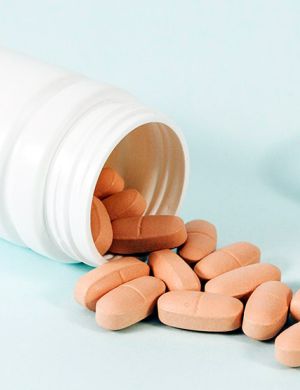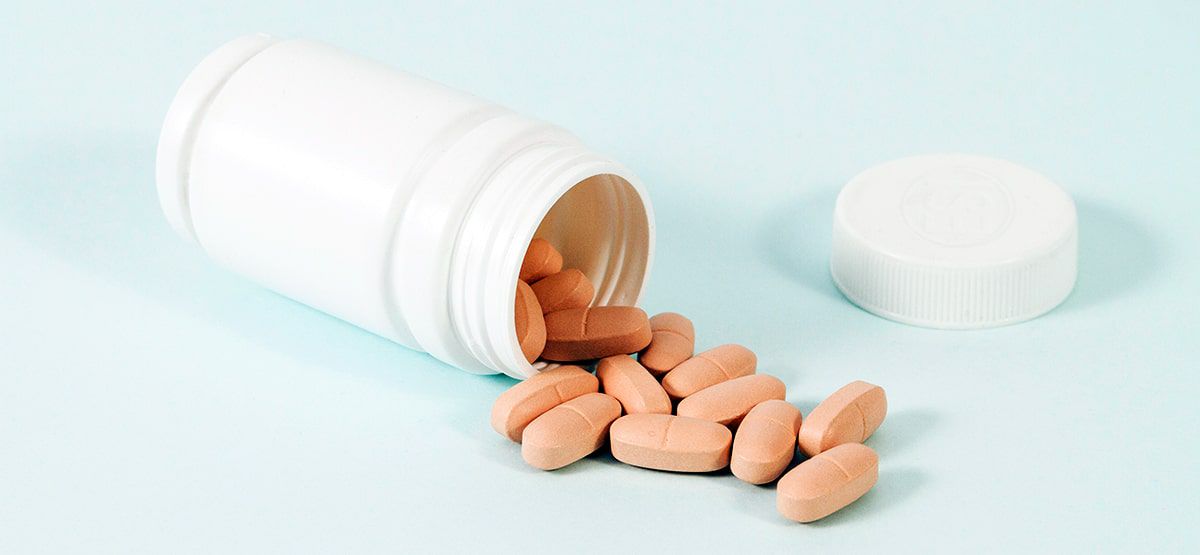
Pharma/Biotech – USA, Europe, Asia and ROW Regulatory News – March 2024
USA
FDA Final Guidance on Electronic Safety Report Submissions
The FDA has released three final guidance documents addressing electronic submissions for adverse event reporting. These cover IND safety reports, electronic Individual Case Safety Reports (ICSRs), and ICSR attachments submitted to the FAERS database, including expedited ICSRs from certain IND‑exempt studies.
OMUFA Facility Fees Increase by 23%
For FY 2024, the FDA announced a 23% increase in facility fees under the OTC Monograph Drug User Fee Program (OMUFA).
Guidance on Handling BA and BE Testing Samples
New FDA guidance clarifies retention requirements for bioavailability (BA) and bioequivalence (BE) testing samples by NDA applicants and CROs, addressing both test articles and reference standards.
Draft Guidance on Using RWD for Non‑Interventional Studies
The FDA has issued draft guidance on designing and analyzing non‑interventional studies using real‑world data (RWD) to support evaluations of safety and effectiveness for drugs and biologics.
Proposed Rule on “Demonstrably Difficult” Compounded Drugs
A new proposed rule outlines criteria for identifying drug products or product categories that present demonstrable difficulties for compounding. It also proposes three such categories for inclusion on the DDC lists.
Final Guidance on Controlled Correspondence for Generics
The FDA’s final guidance describes how generic drug manufacturers may submit controlled correspondence, how the FDA reviews and responds, and how to request clarification when needed.
Stakeholder Feedback on Advanced Manufacturing Guidance
Stakeholder comments on the FDA’s draft guidance for the Advanced Manufacturing Technologies (AMT) program highlight the need for more detailed information before industry fully adopts these approaches.
Updated Standards for Post‑Approval Safety Data
The FDA has adopted updated ICH guidance clarifying the use of new data sources—such as social media and patient support program data—in post‑approval safety reporting.
Updated Requirements for Exporting Investigational Drugs
The FDA has updated requirements for exporting investigational drugs. Exports must comply with the importing country’s laws and the FD&C Act section 802(f). Exporters must maintain records of all exported drugs and destinations.
FDA Endorses ICH Guidelines on Analytical Procedures
The FDA has endorsed two final ICH guidelines covering analytical procedure development and validation. ICH also announced revisions to guidance on residual solvents used in analytical methods.
Draft Guidance on Modernized Informed Consent
The FDA has issued draft guidance aligning informed consent recommendations with the 2017 revisions to the Common Rule, emphasizing the clear communication of essential trial information.
EUROPE
Proposed EU Legislation Shortens Data Protection by Six Months
The ENVI Committee supports new legislation granting up to 7.5 years of regulatory data protection for innovative medicines—six months less than the current eight‑year period for some products.
Guidance on Transitioning Clinical Trials to the CTR
Version 3 of the guidance document clarifies the process for transitioning clinical trials from the Clinical Trials Directive to the Clinical Trials Regulation (EU) 536/2014. Starting 31 January 2025, only the CTR and its Delegated Acts will apply.
EMA Updates Explanatory Note on Fees
The EMA has updated its explanatory note on general fees, applying a 3.4% inflation adjustment to administrative and non‑administrative fees, rounded as applicable.
Updated Checklist for Type IA/IB Variations
EMA has revised the checklist for submitting full product information annexes for Type IA and IB variations (without linguistic review), confirming applicant responsibilities for SmPCs, labelling, PLs, and Annex A when applicable.
Updated Pharmacovigilance Assessment Sharing Template
EMA has released an updated template for assessors to communicate pharmacovigilance findings identified during marketing authorization or other lifecycle assessments.
AUSTRALIA
Guidance on Advertising Health Services Involving Therapeutic Goods
TGA’s revised guidance explains when health service advertisements may also be considered therapeutic goods advertisements and must comply with associated legislative requirements.
Updated CTN Form User Guide
TGA published version 1.3 of the CTN form user guide. All Australian clinical trials must have an Australian sponsor, which may be an individual, company, institution, or organization.
CROATIA
Updated Price List for Agency Services
HALMED has published a new price list for services such as registration and renewal, effective March 9, 2024.
DENMARK
New Side‑Effect Reporting Standard Implemented
With the EU’s E2B(R3) standard now in force, Denmark has launched a streamlined adverse event reporting platform that adapts based on user responses.
EGYPT
Draft Guidelines on Naming Human Pharmaceutical Products
Egypt has released draft guidelines replacing older letter‑count methods with advanced phonetic and orthographic similarity scoring using the EDA 4 Naming Checker Tool. The guidance aims to prevent look‑alike/sound‑alike naming risks.
IRELAND
Updated Guidance on Marketing Authorization Renewals
HPRA has published version 7 of its guidance on applying for renewal of national or mutual recognition procedure marketing authorizations, requiring use of the EU renewal application form.
MALAYSIA
Guideline for CTIL/CTX Applications
NPRA has issued updated guidance for applying for clinical trial import licenses (CTIL) and clinical trial exemptions (CTX), aligned with the CDCR 1984 and related legislation.
NEW ZEALAND
Updated Therapeutic Products Regulation Guideline
Medsafe’s updated pharmacovigilance guideline details sponsor responsibilities for monitoring medicine safety in New Zealand and includes best practice recommendations not currently mandated by law.
PAKISTAN
Guidelines on Labeling and Packaging of Pharmaceuticals
DRA has published guidance clarifying how mandatory information must appear on primary and secondary packaging under the Drug Labeling & Packing Rules 1976.
Guidelines on Patient Information Leaflets
New guidelines support the preparation of patient information leaflets (PILs) for new, generic, and biosimilar products, emphasizing clear, consistent, and patient‑friendly communication.
SINGAPORE
Points to Consider for Singapore Labelling
HSA has published updated labelling requirements. Labels must be in English, and any non‑English text must be certified as complete and accurate relative to the English version.
SOUTH AFRICA
Updated Guideline on Professional Information
SAHPRA has updated its guideline for professional information (PI) for human medicines, incorporating CHMP recommendations on reproductive and lactation risk.
Progress Reporting for Use of Unregistered Products
SAHPRA has released revision 3 of its progress report form for documenting patient use of unregistered medicines.
Don’t miss out! Click here to stay in touch.
Categories
- Biopharma (58)
- Consumer Health (21)
- Cosmetics (11)
- Diagnostics (5)
- Digital Health (8)
- Food (2)
- Medical Device (112)
- OTC (5)
- Regulatory Intelligence (13)
- Standards (41)
Recent Blogs
Get the latest updates from Vistaar

CONNECT WITH US

Let's talk about how Vistaar can help you




